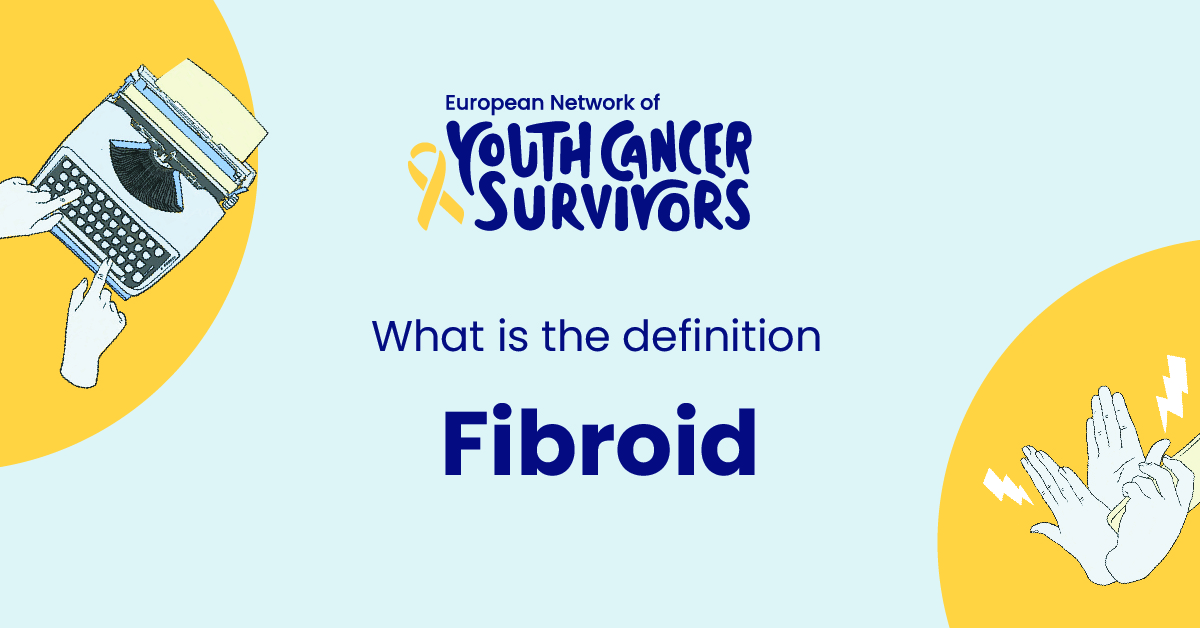
The medical world is vast, complex with diverse elements from diseases to procedures. In this article, our focus is on fibroids, a condition affecting millions of women globally. The information provided here will offer a broad understanding of the condition right from its definition, types, symptoms, causes, to diagnosis and treatments.
Understanding Fibroids: A Definition
Fibroids, medically known as Uterine Leiomyomas, are non-cancerous tumors that develop within or on the muscular walls of the uterus. They vary in size, ranging from small undetectable growths to large masses that may distort the uterus’s shape and size. Despite their intimidating description, fibroids are quite common and often don’t lead to severe health complications. However, their presence can still cause discomfort and certain health issues if not treated in due time.
How fibroids develop is still under research, but it’s generally believed that each tumor develops from a single muscle cell that continually grows. Factors like genetics and hormones such as estrogen and progesterone (female reproductive hormones produced in the ovaries) seem to have a significant influence on their development.
Different Types of Fibroids
There are four primary types of fibroids, classified based on their location in the uterus: Submucosal, Intramural, Subserosal, and Pedunculated fibroids.
Submucosal fibroids grow inside the uterine cavity, often causing heavy menstrual bleeding and fertility problems. Intramural fibroids, the most common type, develop in the uterine wall and can expand, causing the uterus to feel larger than usual. Subserosal fibroids tend to grow outward from the uterus into the abdominal cavity, while Pedunculated fibroids grow on a stalk either into the uterine cavity or outside the uterus.
Common Symptoms of Fibroids
While many women with fibroids do not experience symptoms, the situation varies from person to person. Common physical symptoms include heavy and painful periods, pain in the lower back, frequent urination, constipation, and sometimes pain during intercourse. Fibroids can also lead to emotional stress, including anxiety and feelings of fear or flashbacks to negative medical experiences.
Risk Factors and Causes of Fibroids
The exact cause of fibroids is not known, but several factors may influence their formation, such as hormonal (estrogen and progesterone) imbalance and genetic changes. Factors like age, pregnancy, and health conditions like obesity also contribute. Women in their childbearing years are at the highest risk. The growth of fibroids seems to be connected to an increase in a woman’s exposure to estrogen.
The Impact of Fibroids on Women’s Health
Fibroids can impact pregnancy in several ways, including causing pain and leading to cesarean sections. They may also lead to other complications such as placental abruption, fetal growth restriction, and preterm delivery. Furthermore, they may coexist with endometriosis, increasing infertility risks.
Diagnosing Fibroids
The most common method for diagnosing fibroids is ultrasound, but other methods like MRI and hysterosonography are used, depending on the situation. The diagnosis process often includes a pelvic examination and a detailed menstrual history.
Get to know us better
If you are reading this, you are in the right place – we do not care who you are and what you do, press the button and follow discussions live

Treatment Options for Fibroids
Several treatment options for fibroids are available, ranging from conservative watchful waiting to more invasive procedures. Medications like GnRHa (Gonadotropin-releasing hormone agonists) can help shrink fibroids. Some women may require surgical treatments like a hysterectomy, myomectomy, or Uterine Fibroid Embolization (UFE). There are also natural and home remedy approaches, such as dietary changes and certain herbs which can assist in managing fibroids.
Living and Coping with Fibroids
Coping with fibroids involves implementing lifestyle changes like a balanced diet. Having support networks such as online communities or local groups can provide emotional assistance. Acupuncture, yoga, and therapies can also be part of a holistic approach to manage fibroids.
Conclusion
To conclude, fibroids are a widespread and treatable condition in women. Though their exact cause is not precise, hormonal imbalances, genetics, and lifestyle choices play a crucial role. While they can cause discomfort and complications, early diagnosis and appropriate treatment can efficiently manage them.
FAQs:
- What is the average age for fibroid development?
The majority of women develop fibroids during their childbearing years, typically between the ages of 16 and 50 when estrogen levels are at their highest. However, they can occur at any age.
- How can I reduce my risk of developing fibroids?
Maintaining a healthy weight, consuming a balanced diet, and regular exercise may help reduce the risk. Also, regular check-ups enable early detection and management.
- What diet is most beneficial for managing fibroids?
A diet high in fruits, vegetables, lean protein, and low-fat dairy helps manage fibroids. Avoiding alcohol, caffeine, and processed foods is also beneficial.
- Are fibroids cancerous or can they become cancerous?
Fibroids are benign or non-cancerous. It is very rare for fibroids to become cancerous.
- What is the recovery process post-fibroid removal surgery?
Recovery varies with the type of surgery but generally, rest, a healthy diet, and avoiding intense physical activities are recommended post-surgery.

















Comments
Thank you. Comment sent for approval.
Something is wrong, try again later